E.O. Hoppé
Landscape of Global Industry
1926–1934
“And if there can be idealism in industry, there can also be romance—the romance of establishing large undertakings from small beginnings, the romance of adventure and achievement… there can be beauty and attraction even in a factory—the attraction of the power of man’s mind over matter, the attraction of feats of scientific and engineering skill, the attraction of a mighty and smooth-running organization.”
– E.O. Hoppé in Country Life, April 6th, 1929
—
As production became more mechanized and the discipline of the factory became more impersonal and the work itself became less rewarding, apart from such slight opportunities for social intercourse as it furthered, attention was centered more and more upon the product: people valued the machine for its external achievements, for the number of yards of cloth it wove, for the number of miles it carried them. The machine thus appeared purely as an external instrument for the conquest of the environment: the actual forms of the products, the actual collaboration and intelligence manifested in creating them, the educational possibilities of this impersonal cooperation itself — all these elements were neglected. We assimilated the objects rather than the spirit that produced them, and so far from respecting that spirit, we again and again attempted to make the objects themselves seem to be something other than a product of the machine. We did not expect beauty through the machine any more than we expected a higher standard of morality from the laboratory: yet the fact remains that if we seek an authentic sample of a new esthetic or a higher ethic during the nineteenth century it is in technics and science that we will perhaps most easily find them.
[…]
But here again: our capacity to go beyond the machine rests upon our power to assimilate the machine. Until we have absorbed the lessons of objectivity, impersonality, neutrality, the lessons of the mechanical realm, we cannot go further in our development toward the more richly organic, the more profoundly human.
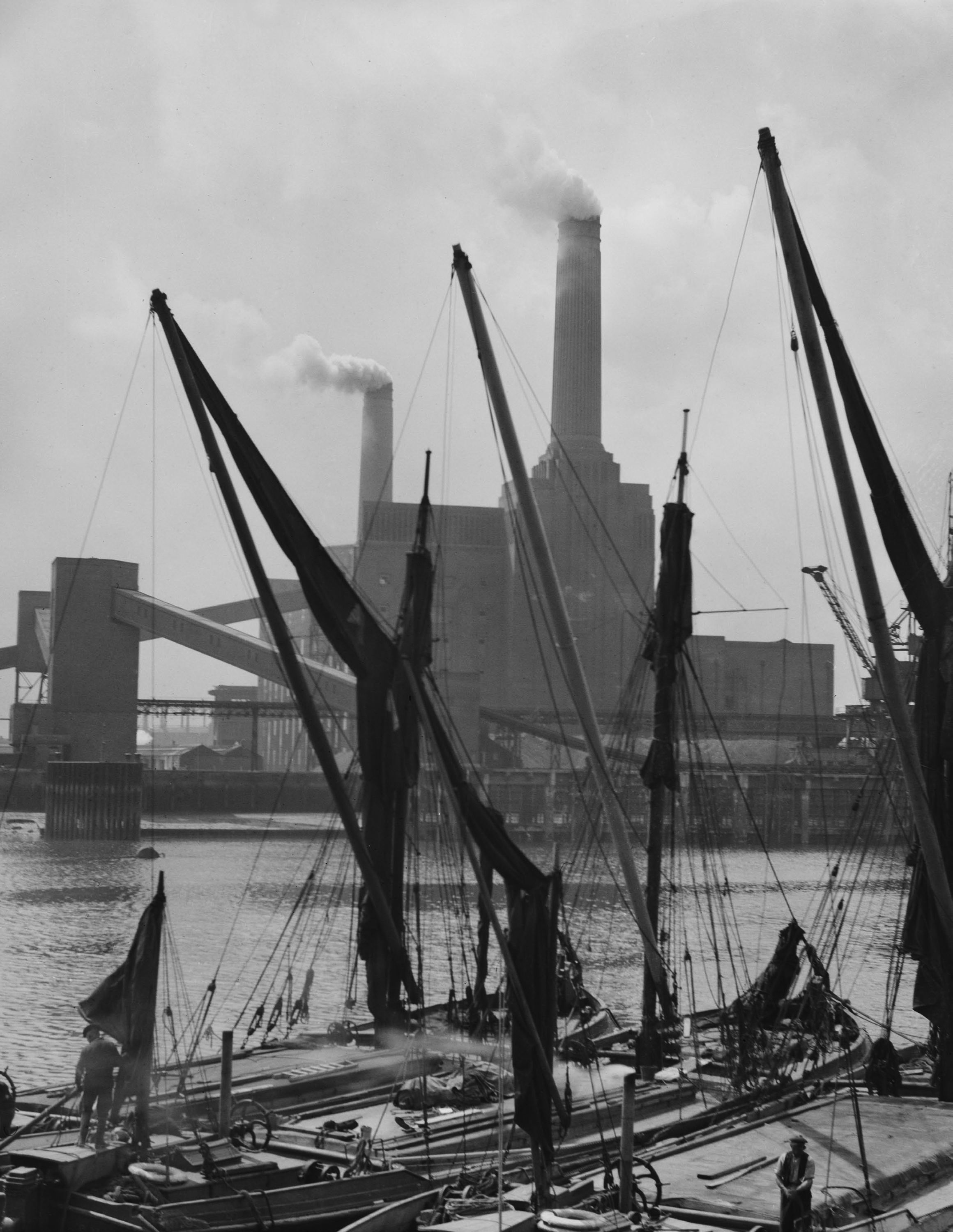
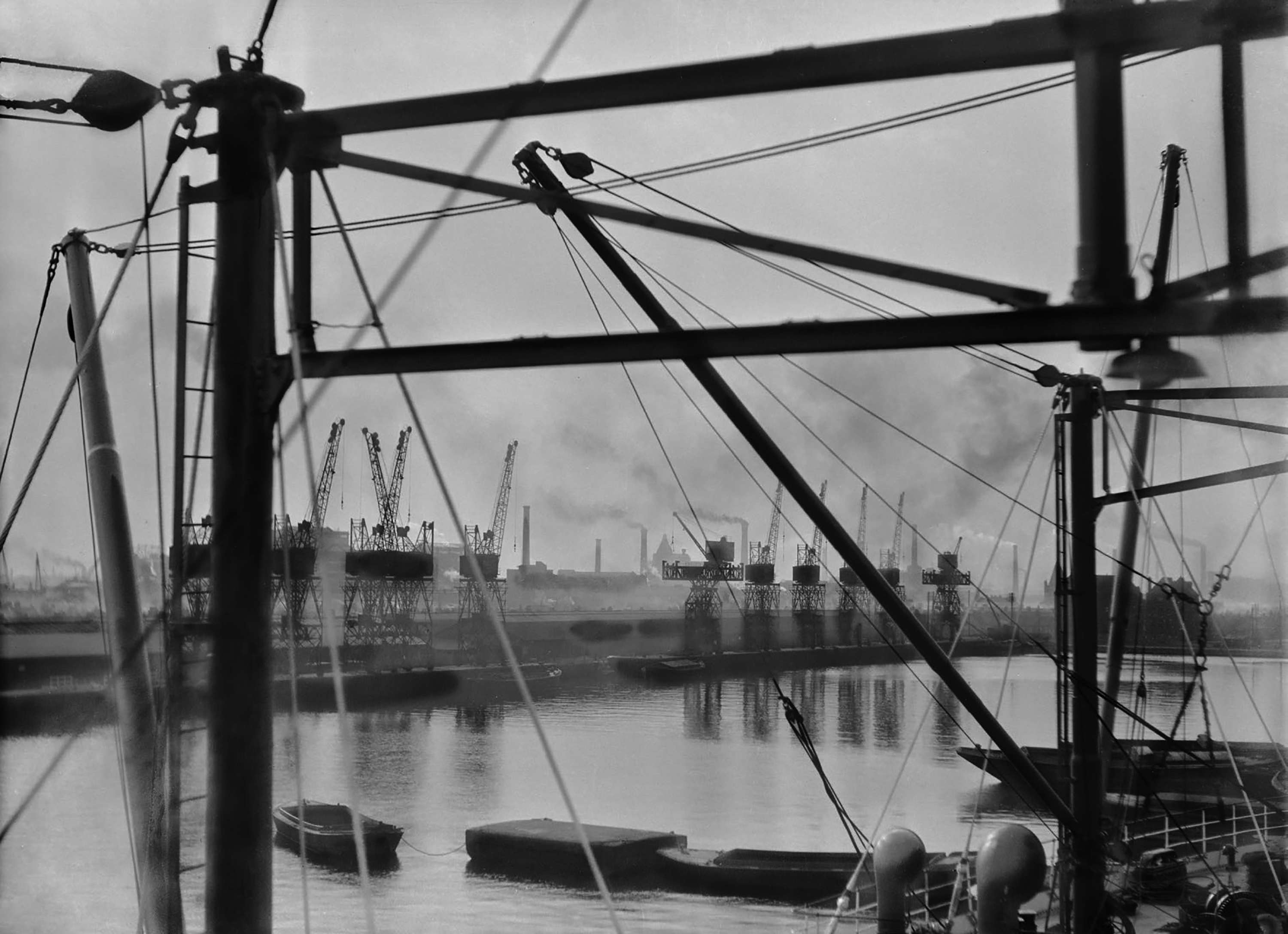
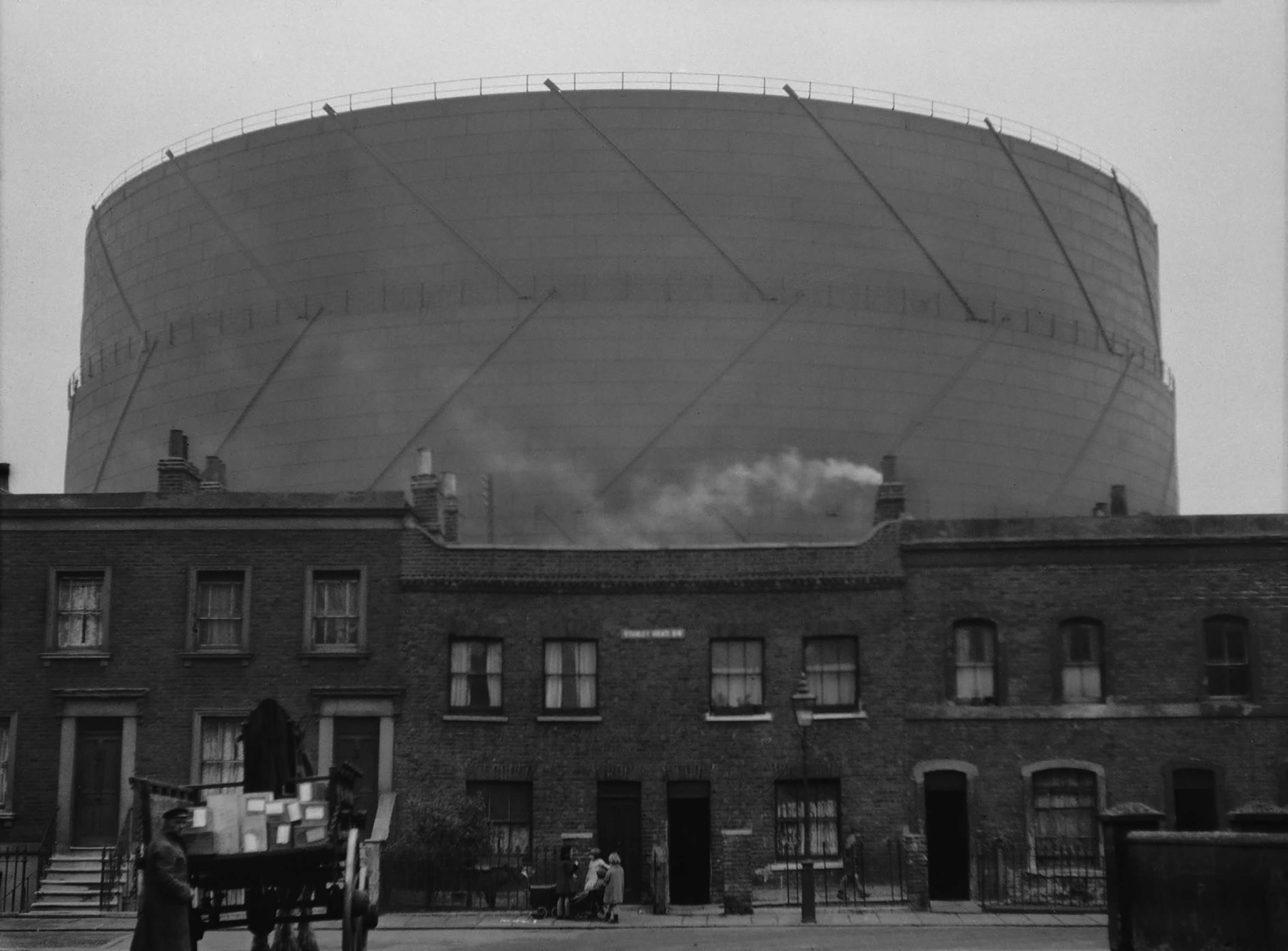
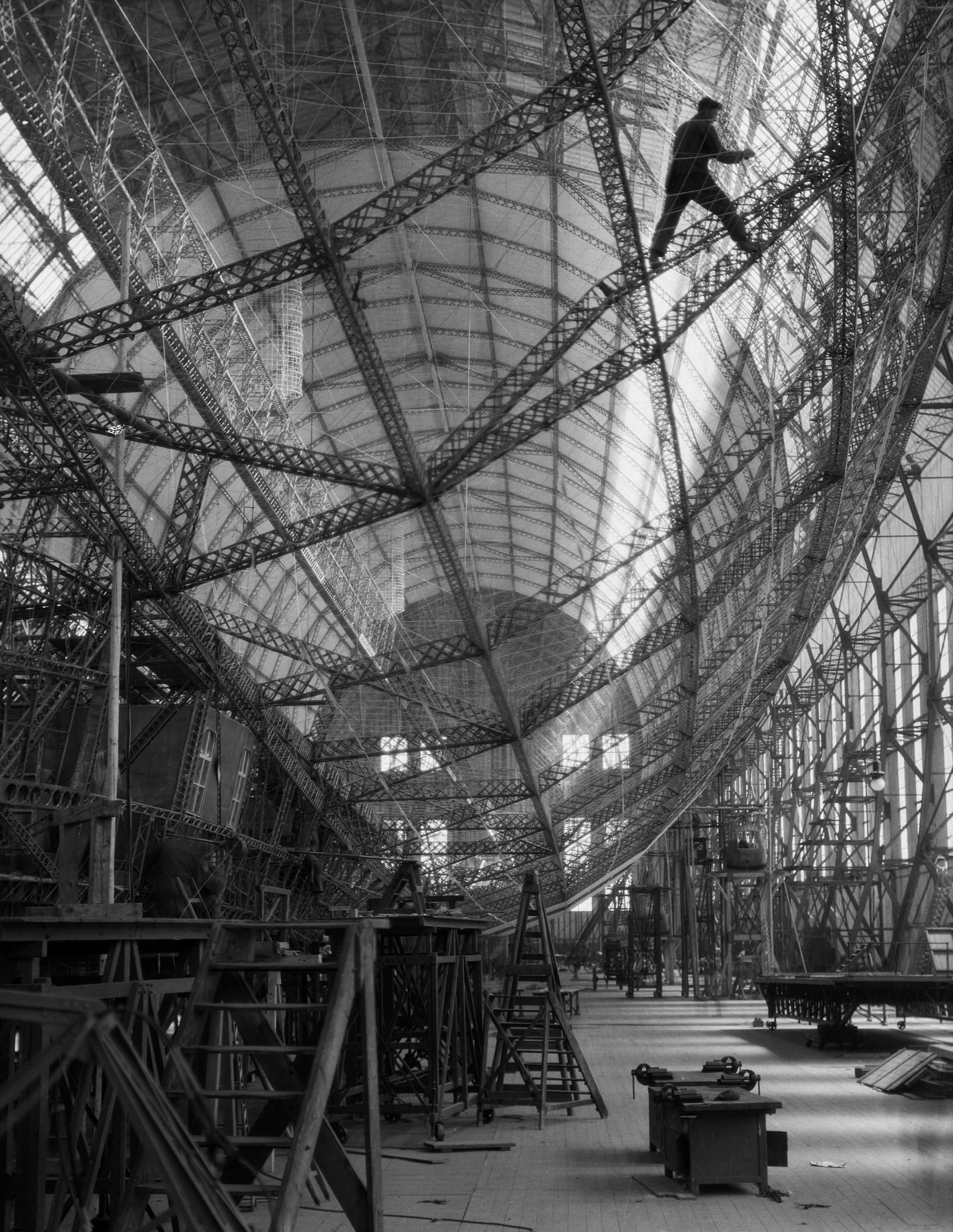
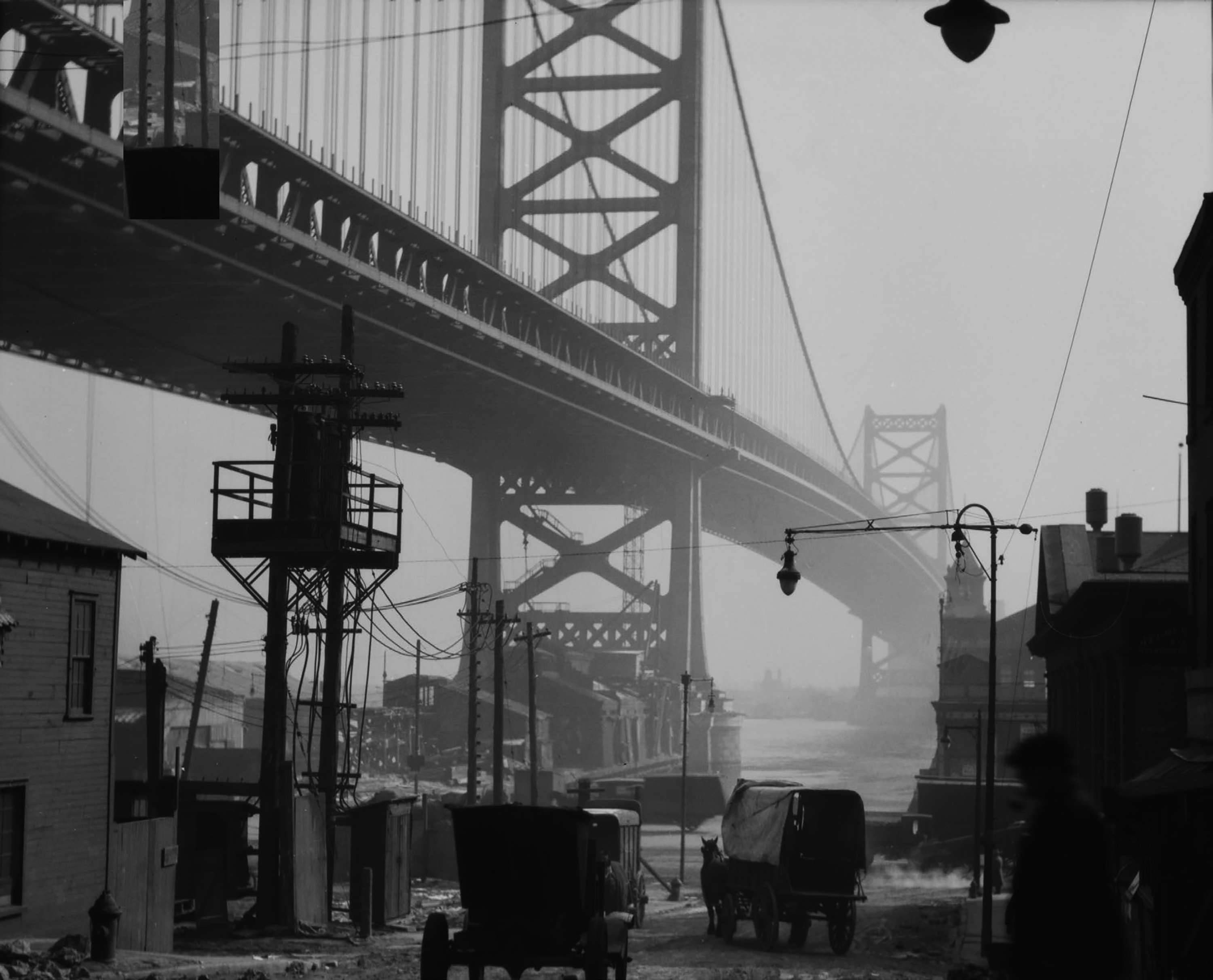
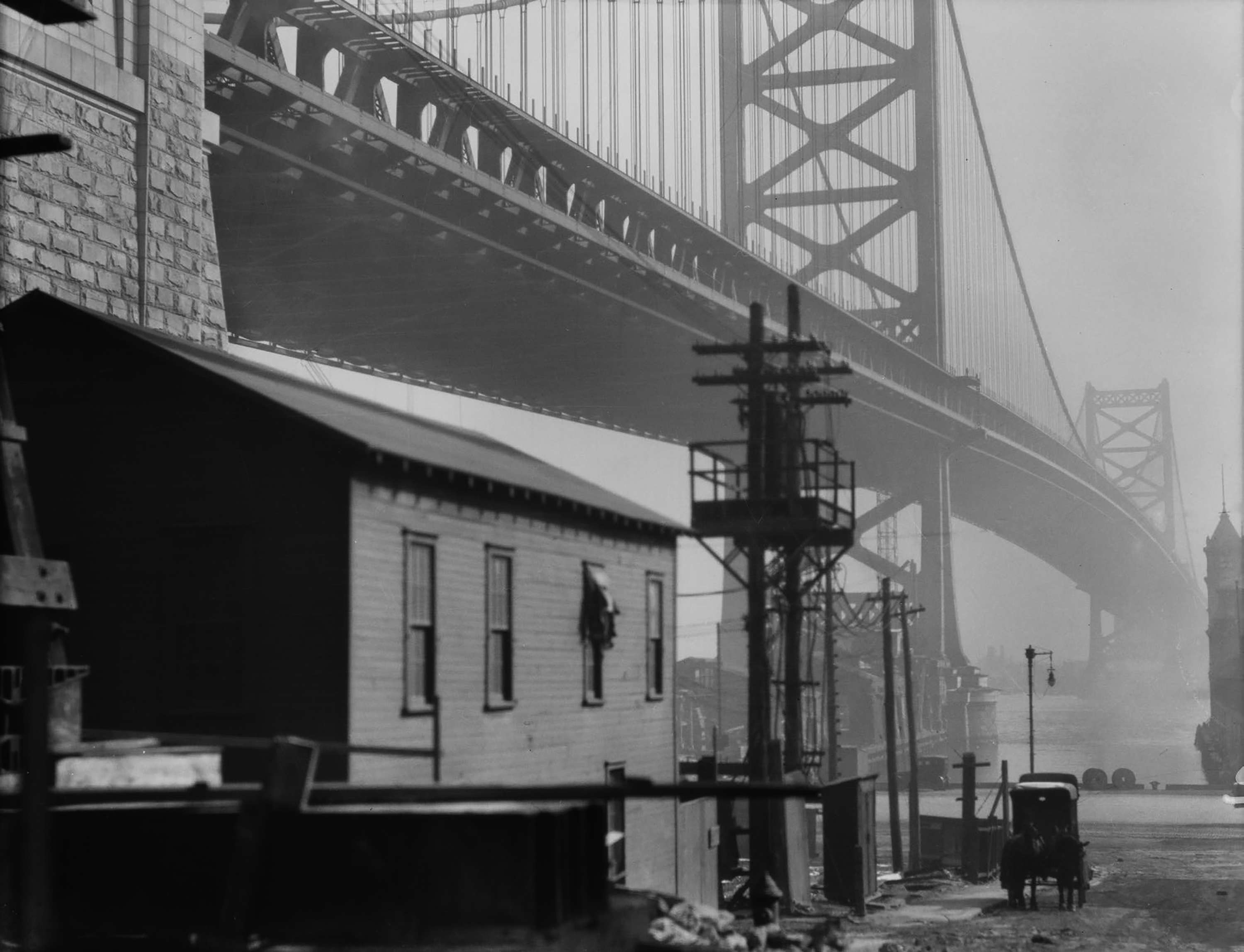
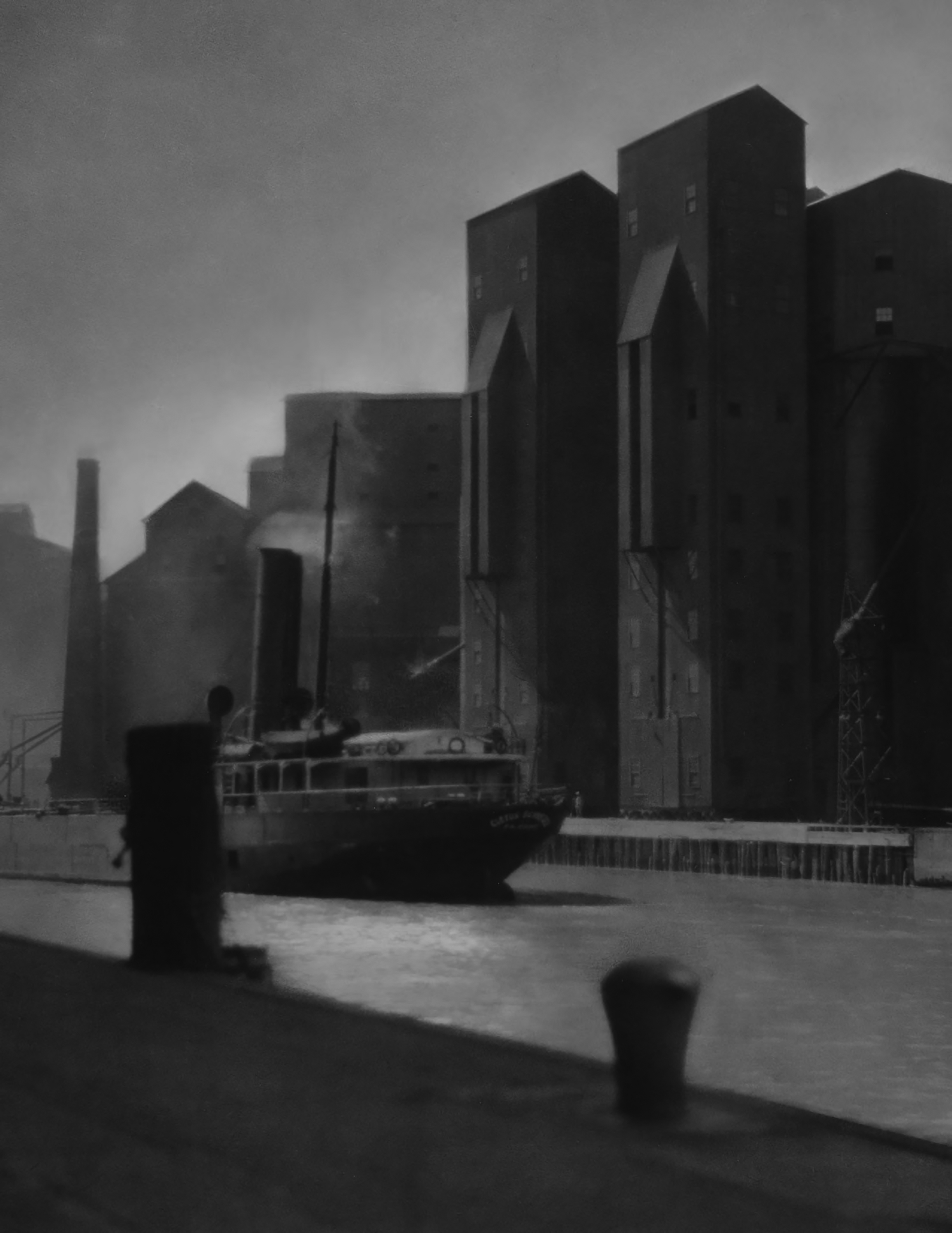
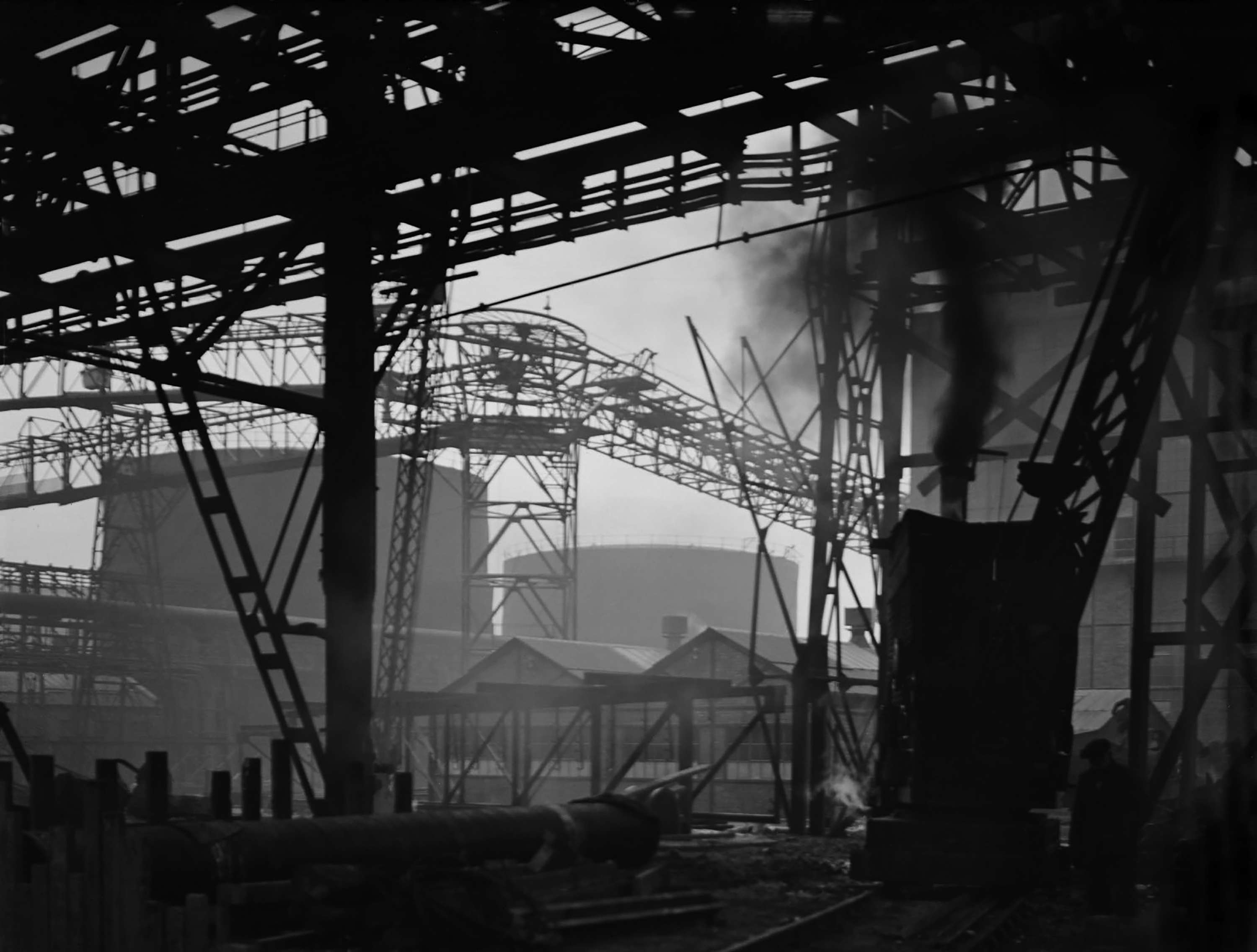
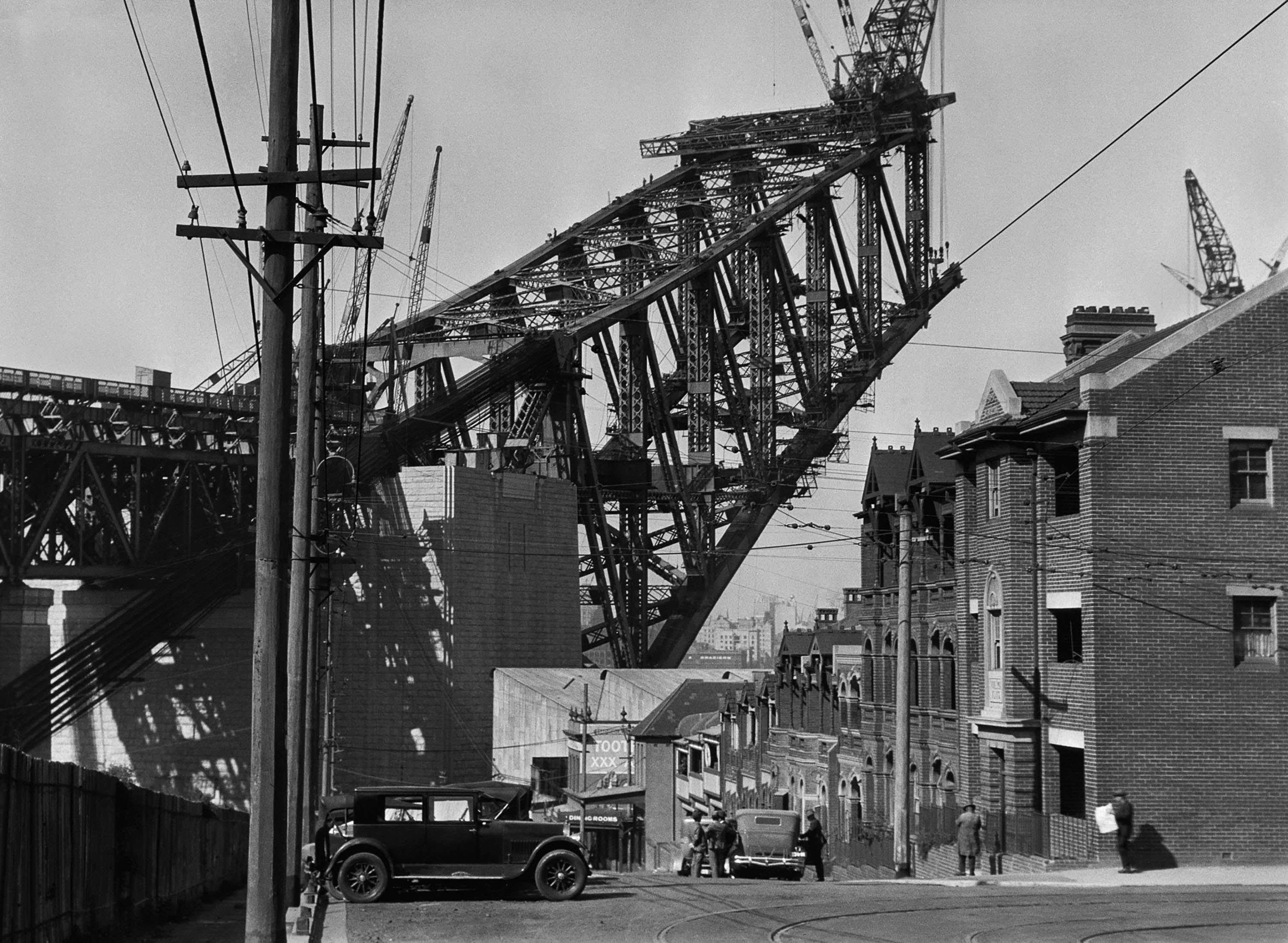
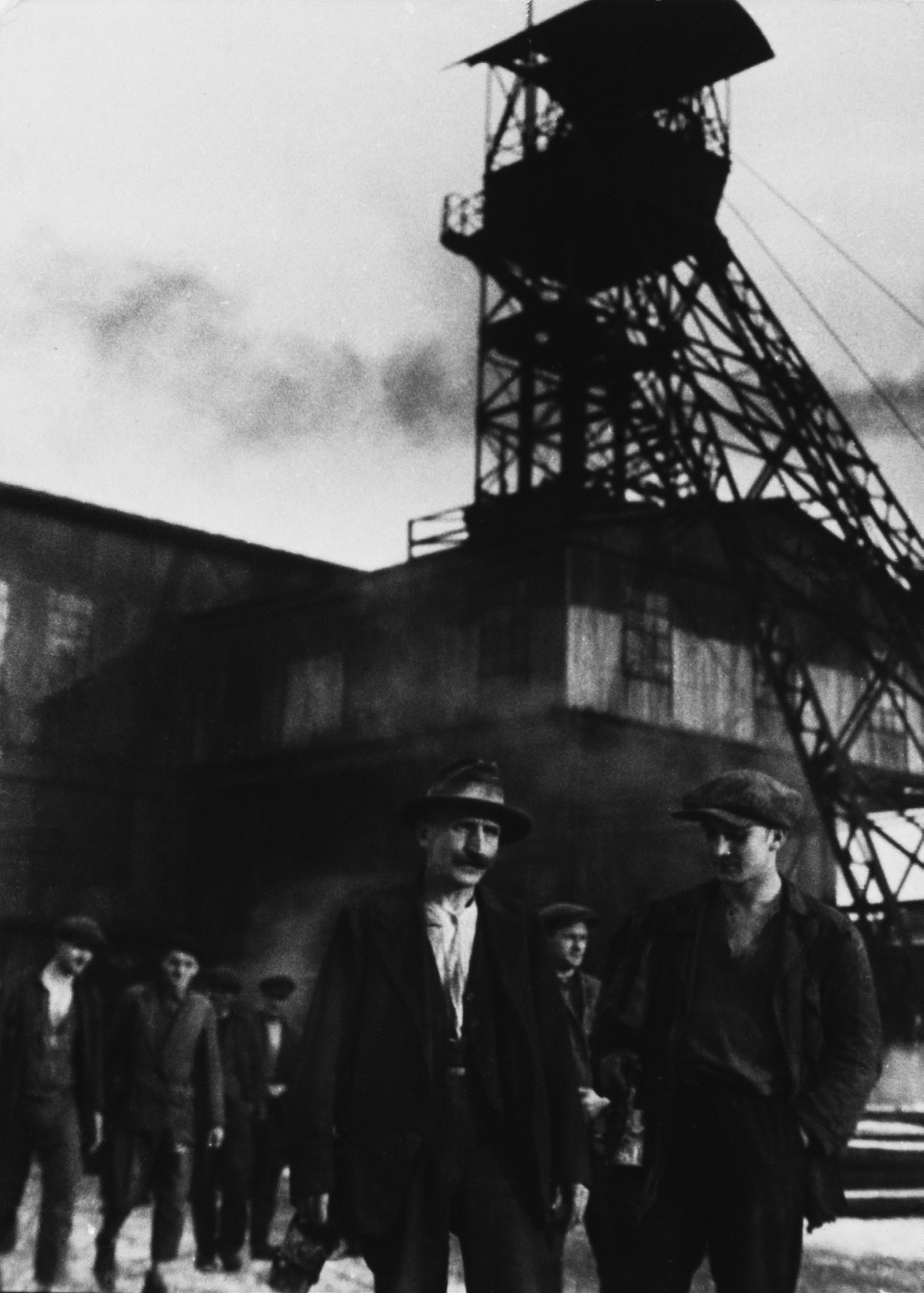
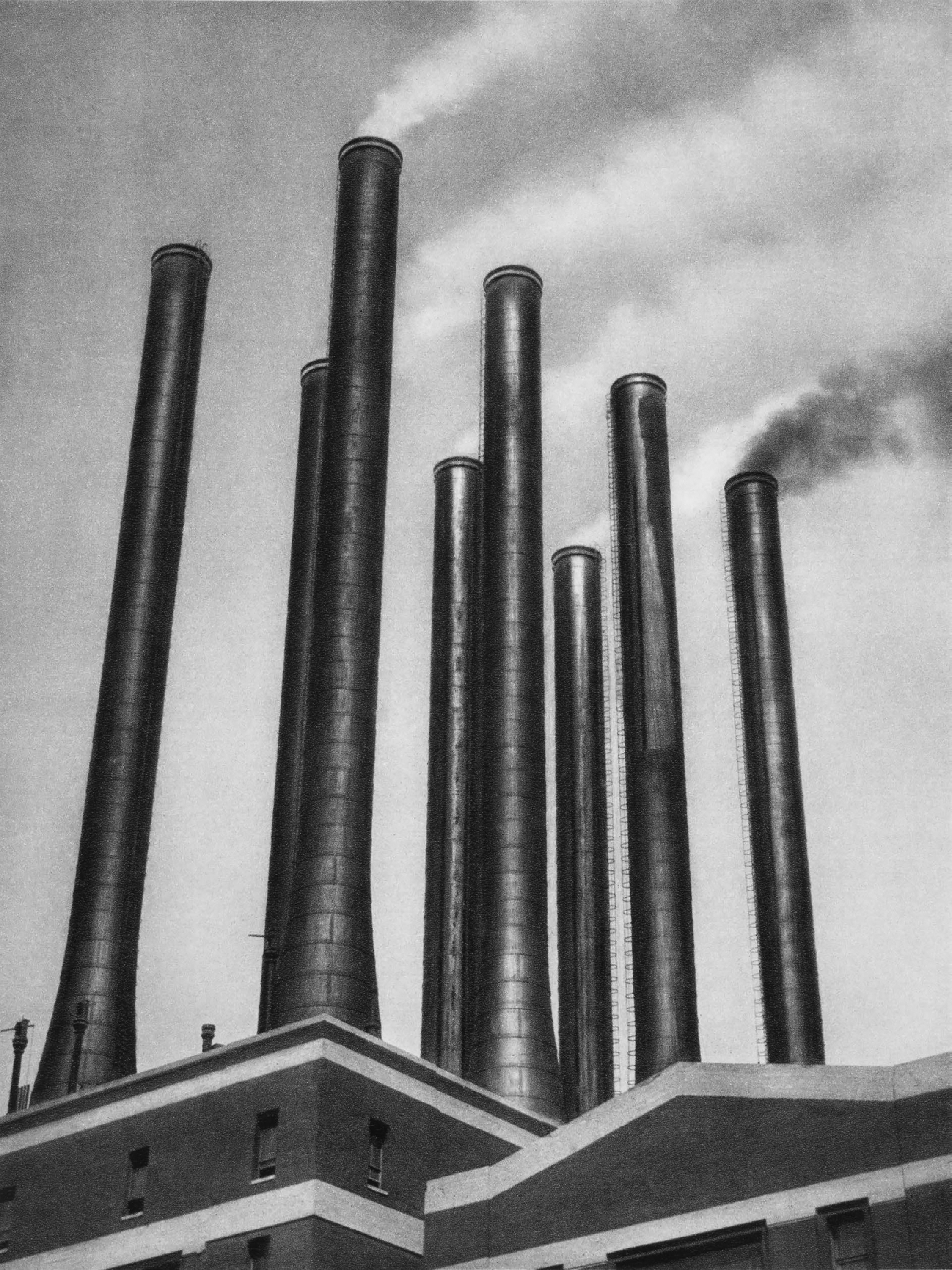
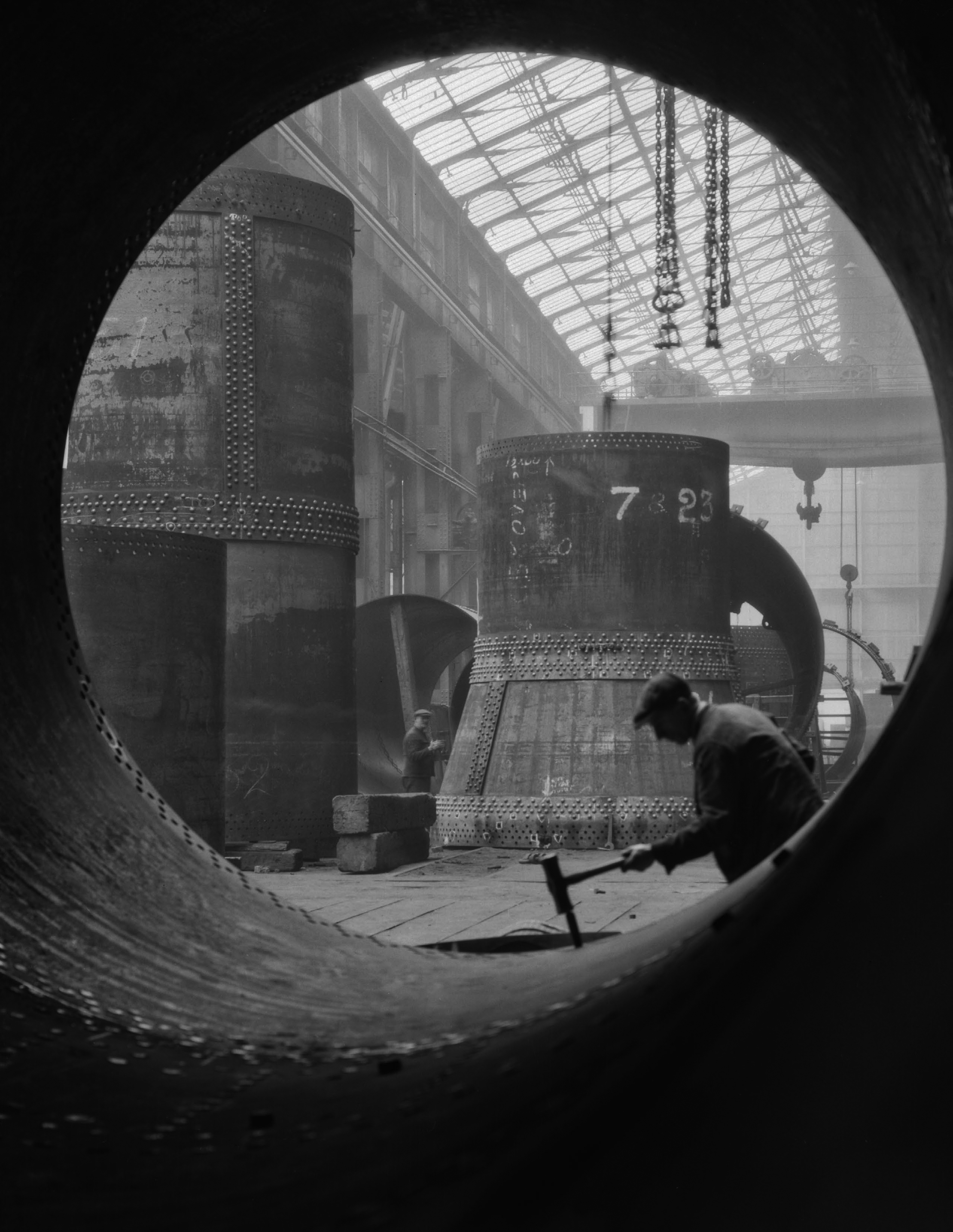
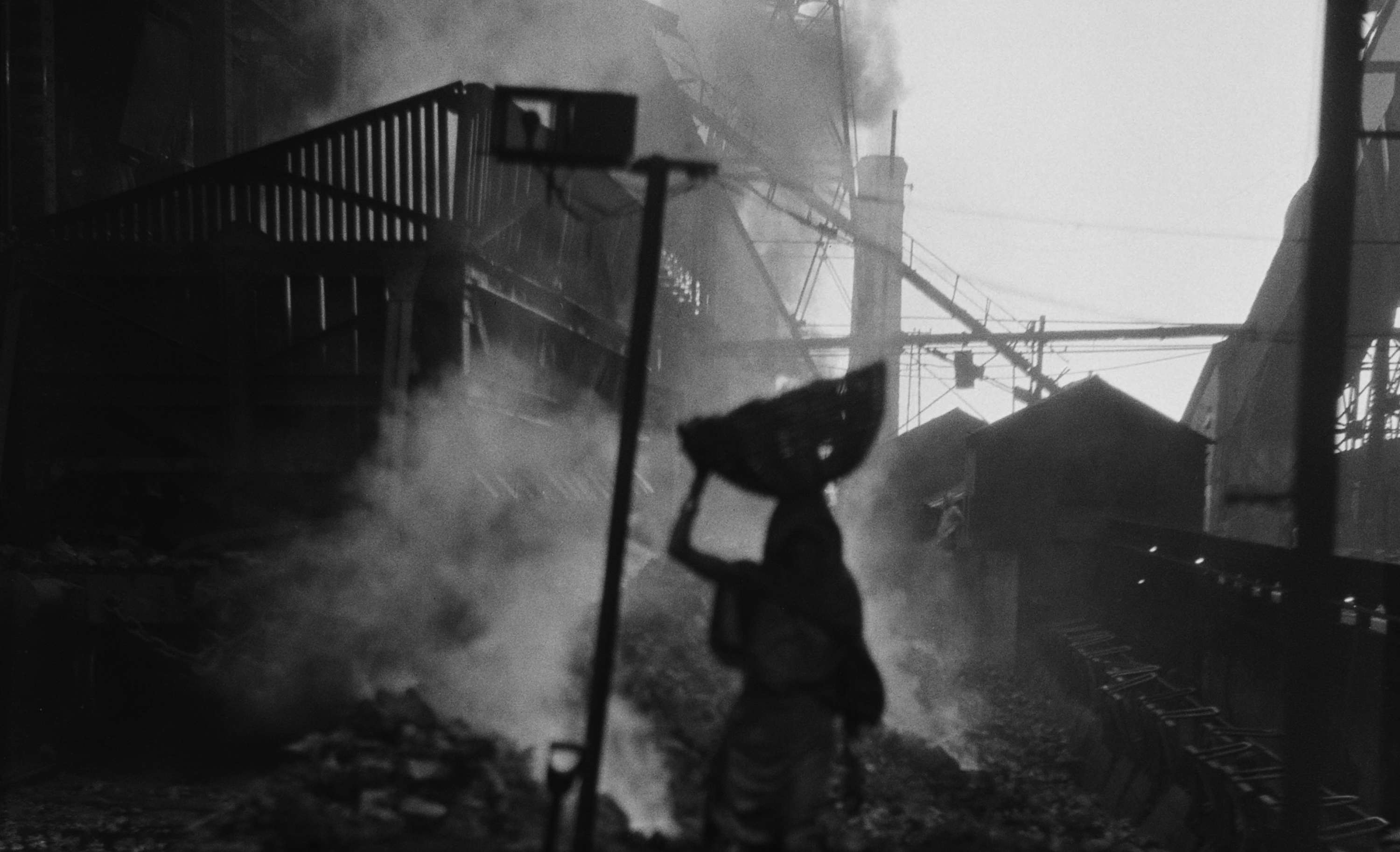
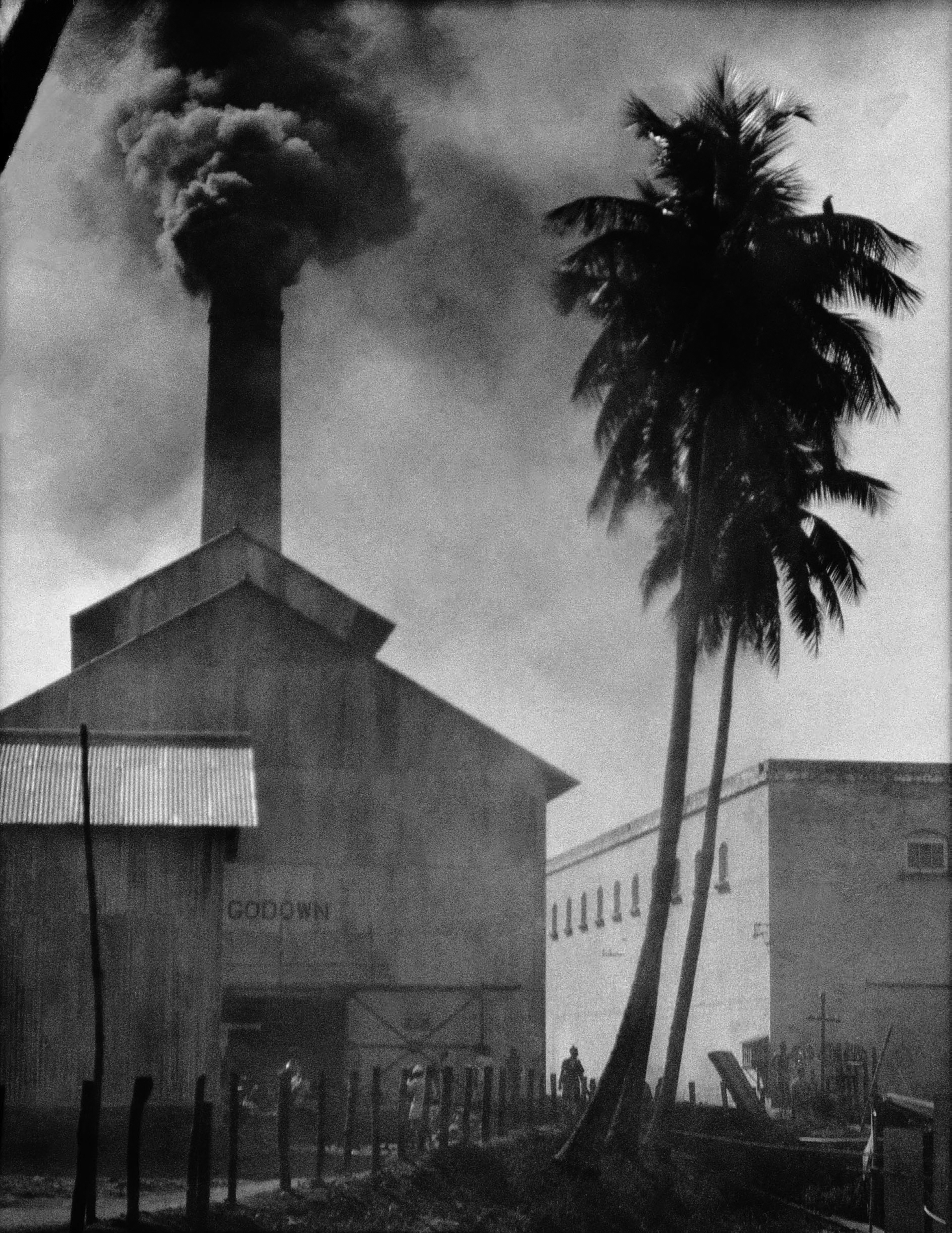
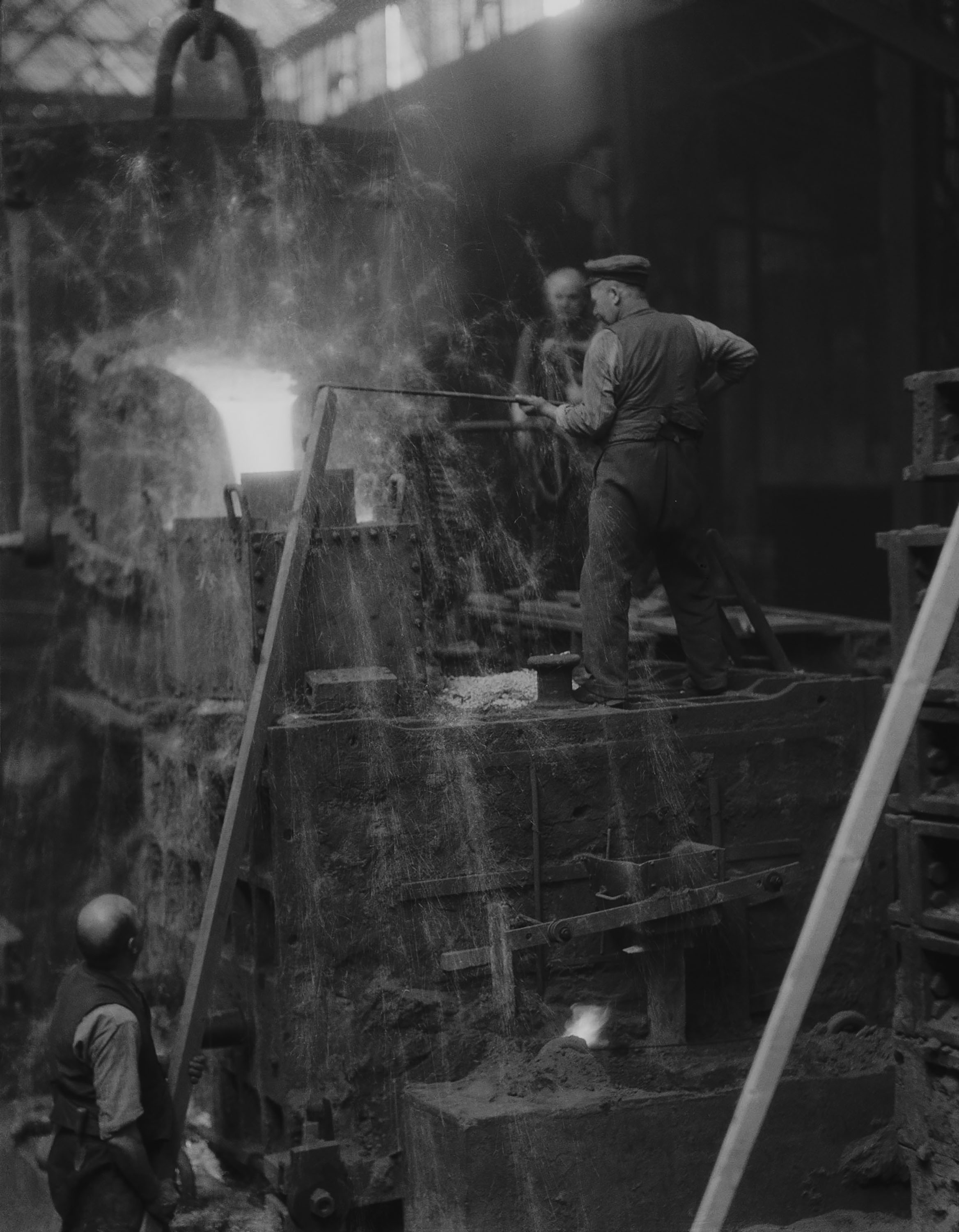
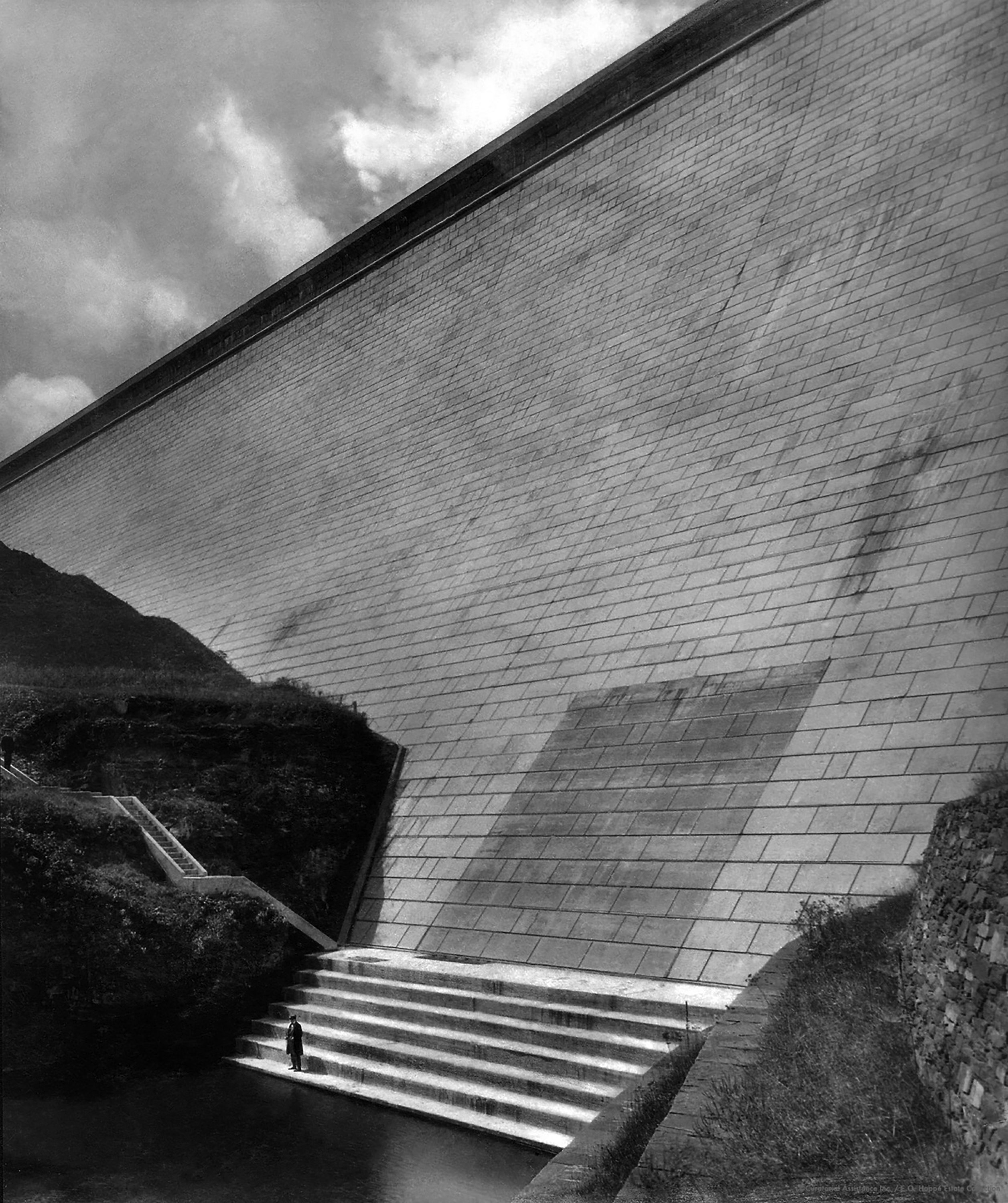
Collection: Curatorial Assistance Inc. - E.O. Hoppé Estate Collection
Text: Lewis Mumford, Technics and Civilization, 1934
Publié: Décembre 2019
Catégorie: Photographie
Source